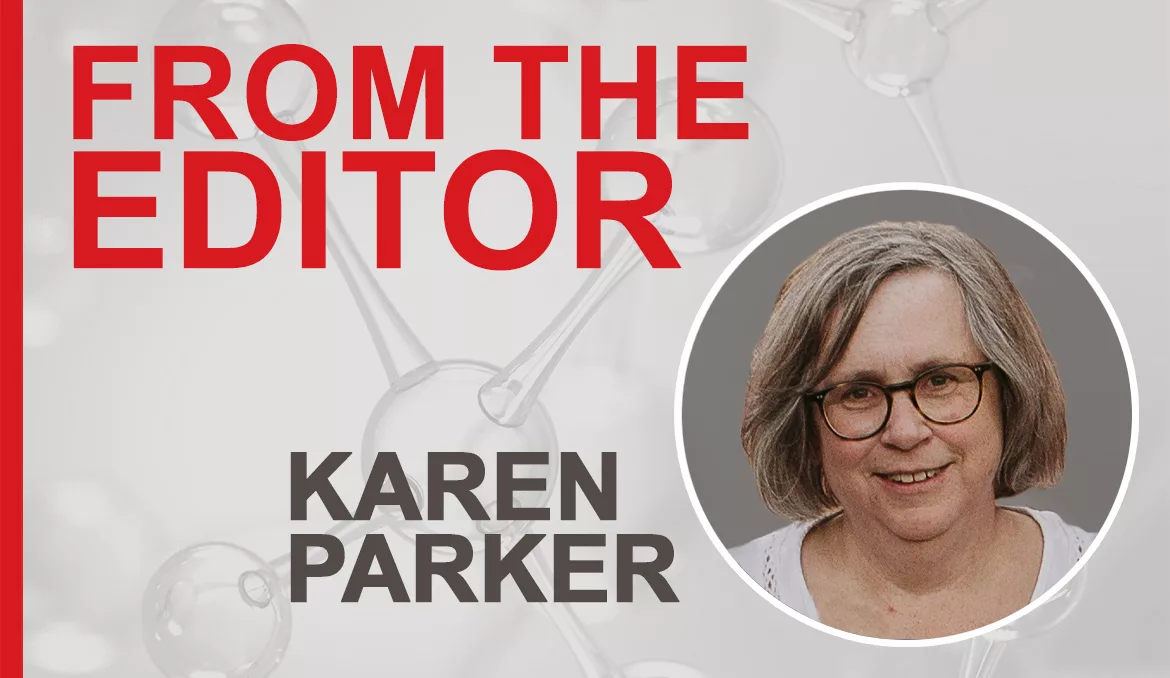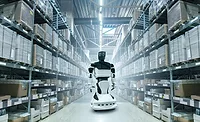Could the Labor Supply Be the Next Sleeping Bear?
As the adhesives and sealants industry continues to grapple with issues within the supply chain, what could be the next often-ignored fundamental of business waiting to disrupt the industry?

In my career, I have spent a bit of time covering the challenges facing industry, particularly those attached to the chemical industry. In 2007, I had just started working for ASI’s sister publication, Paint and Coatings Industry, when the Great Recession hit. I watched industry cope as the world economies teetered on the brink. I watched economies slowly recover from that shock. And I have watched over the last three years as industry faced challenges that seemed to be coming at it from all angles, including a global pandemic, unprecedented chemical shortages because of one deep freeze in Texas, and a surprising escalation of a conflict between two of the largest countries in Europe. The cover topic of this month’s issue – the supply chain – has grown in prominence over the past few years, such that it is most often cited as one of the top issues facing our industry and in fact our entire economy.
Lately, I have been thinking about what lies ahead for the adhesives and sealants industry. What is the next often-ignored fundamental of business waiting to disrupt our industry? I believe there is a possibility that labor might be the next sleeping bear we aren’t thinking enough about. The trucking industry is giving a sneak peak into what the future could hold; that industry is currently unable to find enough truckers to hire, as the current workforce ages and younger people show less interest in joining the profession.
Touchless automation provider Conexiom recently released results of a 2022 State of Hiring and the (Future) State of Manufacturing and Distribution survey. The report assesses the manufacturing and distribution industries, paying particular attention to Generation Z's opinions about opportunities and the future of the sectors. The survey focused on the effects of the COVID-19 pandemic, the ensuing Great Resignation and retirement, and the potential impact of these events on manufacturing and distribution companies.
According to Conexiom, the manufacturing and distribution industries are feeling a hit with the labor shortage, and it is not going to go away. 2.6 million Baby Boomers working in those industries will retire in the next decade. This will leave 2.4 million jobs unfilled in 2028.
The survey found that 47% of manufacturing and distribution respondents that are currently experiencing hiring and retention challenges believe their companies will invest in technology to make themselves more attractive to job seekers. Why? The answer is Gen Z. The survey reports that technology plays a big role with Gen Z: When asked whether the type of technology used by an industry influences that generation’s desire to pursue a career in it, 70% said it had a strong influence, and 25% said it had a moderate influence. Only 5% said it had no influence.
Another interesting result of the survey was the challenge of hiring. When looking forward five years, 80% of manufacturing and distribution decision maker respondents said they're worried about hiring, while 20% said they weren't. Of those concerned they won't be able to fill open positions, 49% say it's because they're finding it increasingly hard to hire in the manufacturing and distribution industry, and 32% say it's because of how many people they've seen retire or voluntarily leave the workforce.
As companies plan for the future, leaders must turn their attention to Gen Z, their values, and the skills they find most attractive. Among the trends most important to Gen Z is technology and how it can be harnessed. Ray Grady, CEO of Conexiom, said, "Gen Z is the future of the sector, and the manufacturing and distribution industries are essentially the lifeline for a functioning America."
This month in ASI, we take a look at some future trends that could change the way the industry is perceived by the public, especially Gen Z. These include an interview with the CEO of Knowde, a digital marketplace for the chemical industry, who explains how digital marketing will change the way companies source their raw materials. Also featured is an article about how scientists at Dow are using artificial intelligence to understand and improve chemical formulations. It is the beginning of a new year, and I, for one, am excited to see what the future holds!
Looking for a reprint of this article?
From high-res PDFs to custom plaques, order your copy today!






